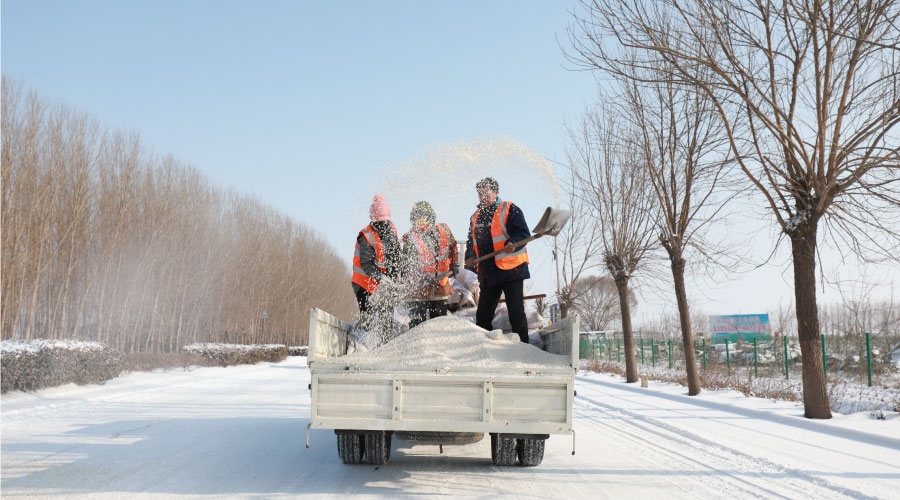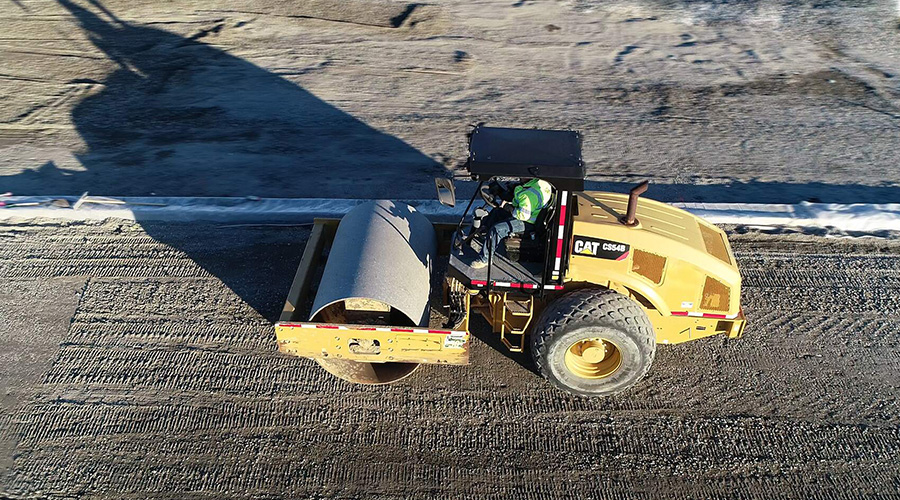Propane: Facts and Figures
Propane is a leading alternative fuel and provides fleet managers with a cost-effective, clean, safe, and reliable fuel option. Also, more than 90 percent of all propane used in the United States is produced domestically, reducing our dependence on foreign fuel.
Grounds managers considering specifying propane-powered grounds equipment, such as mowers and utility vehicles, should consider these potential benefits:
Cleaner emissions. Propane exhaust creates 60-70 percent less smog-producing hydrocarbons than gasoline, according to studies by the Southwest Research Institute. And compared to gasoline, propane yields 12 percent less carbon dioxide, about 20 percent less nitrous oxide, and 60 percent less carbon monoxide, according to the California Energy Commission.
Propane also cuts emissions of toxins and carcinogens, such as benzene and toluene, by up to 96 percent, compared to gasoline, according to studies by the Southwest Research Institute.
Also, propane's octane rating is 104 — compared to a rating of 91-92 for premium gasoline — allowing for a higher compression ratio in the engine and greater engine efficiency, which leads to reductions in certain exhaust emissions, such as carbon monoxide.
Enhanced performance. Propane vehicles have the longest driving range of any alternative fuel — more than 250 percent farther than compressed natural gas, about 60 percent farther than methanol, and 25 percent farther than ethanol. Also, many propane vehicle fleets have reported two-three years longer service lives and extended intervals between required maintenance, compared to gasoline vehicles.
Propane tanks are constructed from carbon steel under code developed by the American Society of Mechanical Engineers (ASME) and are 20 times more puncture-resistant and can withstand far more pressure than a typical gasoline, methanol, or ethanol tank.
Environmental responsibility. Propane is an approved, clean fuel listed in the 1990 Clean Air Act and the National Energy Policy Act of 1992. It also is one of the lightest, simplest hydrocarbons in existence. As a result, it is one of the cleanest burning fossil fuels. New propane-fueled vehicles can meet the standards for ultra-low emission vehicle (ULEV) standards. One model even meets the standards for a super ultra-low emission vehicle (SULEV).
By using propane gas instead of electricity, consumers can cut emissions and help preserve the environment. Burning coal to generate electricity releases carbon dioxide and other pollutants into the atmosphere. Per pound of fuel burned, coal emits more than twice the amount of carbon dioxide as does propane.
Propane gas is nontoxic, so it is not harmful to soil and water. Because propane does not endanger the environment, the U.S. Environmental Protection Agency (EPA) does not regulate the placement of propane tanks, either above or below ground.
Finally, much of the sulfur dioxide in the atmosphere, which produces acid rain, is attributable to coal-fired, electricity-generating facilities, according to the EPA. In contrast, neither the process of producing propane nor the combustion of propane gas produces significant acid-rain contaminants.
— The Propane Education and Research Council
Related Topics:













